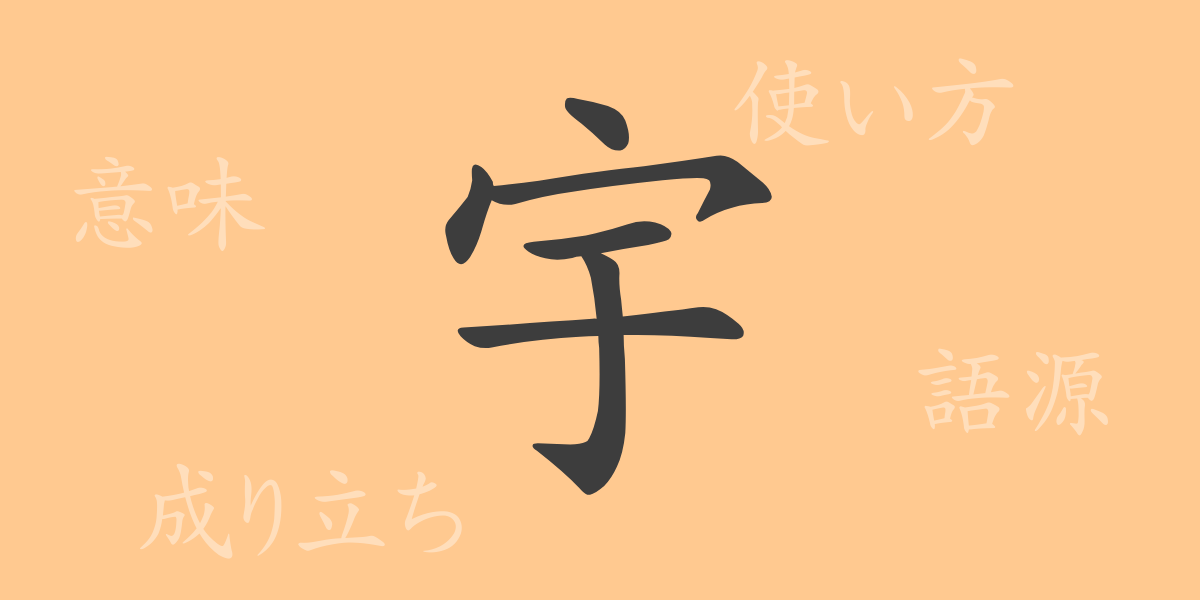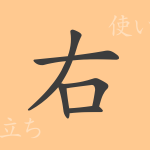“
The beauty of the Japanese language is evident in its complex and rich writing system. In particular, kanji characters enhance the charm of words through their shapes and depth of meaning. Today, let’s focus on the common Japanese kanji “”宇”” ( u) and delve into its history, meaning, usage, and cultural impact.
The Origin of 宇 ( u)
The kanji “”宇”” can be traced back to ancient Chinese oracle bone script. It is composed of the radical “”宀”” ( ben), which represents a roof, with “”于”” (u) combined underneath. This form represents the space under a roof, and from ancient times, it has been used as a character meaning the interior space or expanse of a building.
The Meaning and Usage of 宇 (u)
The kanji “”宇”” has meanings related to space, such as “”house”” or “”universe.”” It can also be used metaphorically to mean “”place”” or “”scope.”” In terms of usage, it is rarely used alone and is mainly employed as part of compound words.
Reading, Stroke Count, and Radical of 宇 ( u)
“”宇”” has distinctive characteristics not only in its form and richness of meaning but also in its reading and components.
- Reading: The on’yomi (Chinese reading) is “”U”” , and there is no specific kun’yomi (Japanese reading).
- Stroke Count: “”宇”” consists of a total of 6 strokes.
- Radical: The radical of “”宇”” is “”宀”” ( ben), which means “”roof.””
Compound Words, Idioms, and Proverbs Using 宇 (u) and Their Meanings
Compound words and idioms containing “”宇”” are diverse, symbolizing the breadth of its meaning. Here are a few examples:
- 宇宙 ( uchuu): Refers to the entire space, particularly the vast expanse beyond Earth.
- 宇内 ( uchi): Synonymous with “”domestic,”” referring to the scope within a country.
- 家宇 ( kau): A word meaning a house or dwelling.
Conclusion on 宇 (u)
As its form suggests, the kanji “”宇”” symbolizes the space that spreads beneath a roof. It is an important character representing the “”place”” in which we live, from the interior of a building to the universe. The breadth of meaning contained within this single character demonstrates the richness of Japanese expression and evokes the depth of culture and language. If this exploration has deepened your understanding of the charm and usage of “”宇”” even a little, then it has served its purpose.
“

























